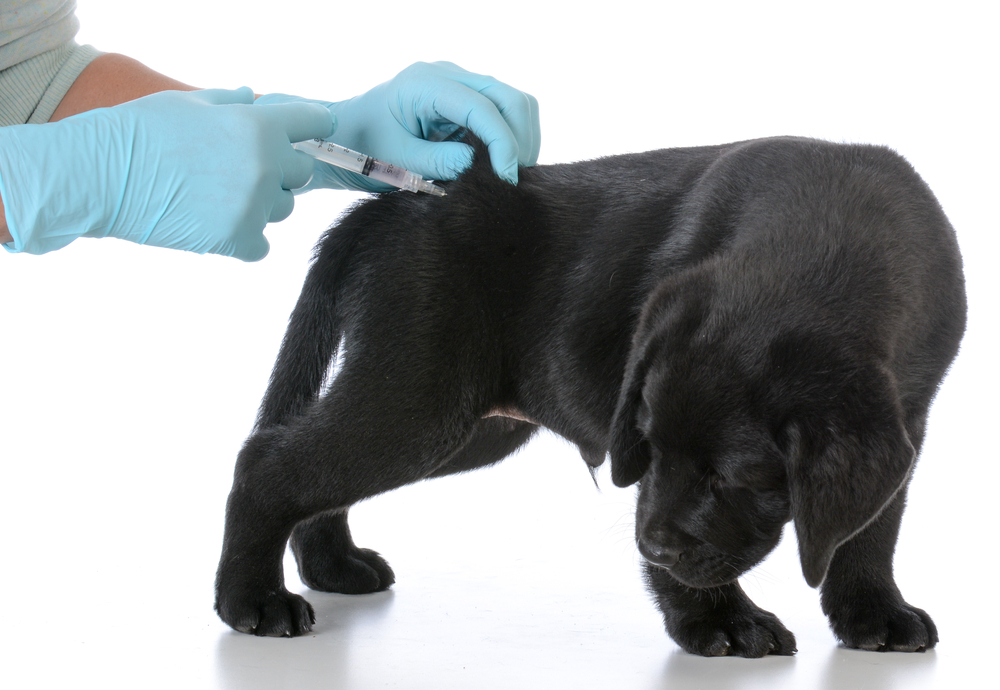
Canine distemper is a highly contagious and very serious disease. Despite the word canine in its name, it’s actually a viral disease that can affect a wide variety of animals, including dogs. Other animals that can be affected include everything from ferrets and foxes to lions and pandas. But what exactly is canine distemper and how do you know if your dog has it?
What Is Canine Distemper?
Canine distemper is a serious disease in dogs and other animals that is caused by the paramyxovirus. It’s very contagious and can affect a variety of systems in a dog’s body, including:
- Skin
- Respiratory system
- Gastrointestinal system
- Central nervous system
- Immune system
What Are the Symptoms of Canine Distemper?

Because canine distemper is so contagious, it’s important you’re able to spot it. Symptoms can take up to 14 days to appear after a dog has been exposed to the virus. If you think your dog may have been exposed, don’t relax just because your dog doesn’t show immediate symptoms.
There are two types of symptoms that can affect dogs if they contract canine distemper. The first set is physical and the second set is neurological. The physical symptoms that can affect a dog include:
- Nasal discharge
- Eye discharge
- Fever
- Diarrhea
- Vomiting
- Coughing
- Trouble breathing
- Sneezing
- Lethargy
- Pneumonia
- Pain
- Thickening nose
- Thickening foot pads
- Sores on the skin
- Lack of appetite
The neurological symptoms of canine distemper can include:
- Circling
- Head tilting
- Seizures
- Partial or full paralysis
- Twitching muscles
- Chewing action with no food in the mouth
- Salivating excessively
- Circling
- Involuntary movements of the eyes
The neurological symptoms of distemper are a result of brain inflammation and can often be confused with the symptoms of rabies.
How Do Dogs Get Canine Distemper?

Dogs can get canine distemper from other animals, including other dogs, that have already been infected with the virus. Canine distemper can be transmitted through sneezing, coughing, or contact with:
- Contaminated water bowls
- Contaminated food bowls
- Infected urine
- Infected blood
- Infected saliva
- Infected respiratory droplets
Which Dogs Are Most at Risk?
Dogs that don’t have their vaccinations up-to-date are the most vulnerable to contracting canine distemper. This means that puppies and older dogs are typically most at risk. But dogs adopted from shelters can be at risk as well if their shots aren’t up-to-date. It’s important to make sure you keep your dog fully vaccinated before allowing them to be around other dogs in order to avoid the risk of canine distemper infection.
When Should You Take Your Dog to the Vet?
Because canine distemper is so contagious, you should immediately take your dog to the vet if you notice any of the symptoms of the virus. Canine distemper needs to be treated aggressively by a professional and isn’t something you can wait out at home. You should also take your dog to the vet if you know they’ve been exposed to canine distemper or you’re unsure of their vaccination history. In the case of a puppy, you should schedule an appointment with a veterinarian once they have reached eight weeks of age and are ready for their vaccinations.




